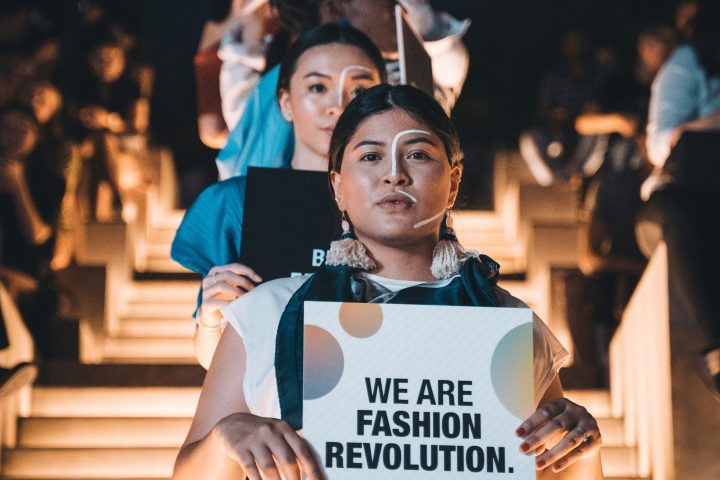Key Takeaways
Working out is often seen as a positive and healthy activity, but it can also perpetuate fatphobia and contribute to body shaming. This article explores the ways in which the fitness industry and societal norms can be fatphobic, and offers alternative perspectives on health and wellness.
The Fatphobic Nature of the Fitness Industry
The fitness industry has long been criticized for its fatphobic tendencies. From the emphasis on thinness and muscularity as the ideal body types to the use of language that promotes weight loss and body transformation, the industry often excludes and marginalizes individuals who do not fit into these narrow standards. This can lead to feelings of shame, inadequacy, and exclusion for those who do not conform to these ideals.
Furthermore, many fitness spaces and activities are not designed with diverse bodies in mind. From the lack of plus-size workout clothing options to the limited accessibility of gym equipment for larger individuals, the fitness industry often fails to cater to the needs and experiences of people of all sizes. This exclusionary approach perpetuates the notion that only certain bodies are deserving of health and fitness.
Challenging Fatphobia in Fitness
It is important to challenge and dismantle fatphobia in the fitness industry to create a more inclusive and supportive environment for all individuals. This can be done by promoting body positivity and acceptance, and by shifting the focus from weight loss to overall well-being and self-care.
One way to challenge fatphobia is by diversifying the representation in fitness media. By showcasing individuals of all sizes and body types engaging in physical activity, we can challenge the notion that only thin bodies are fit and healthy. This can help to create a more inclusive and accepting image of what it means to be active and engaged in fitness.
Additionally, fitness professionals and trainers can play a crucial role in challenging fatphobia. By adopting a weight-neutral approach and focusing on the individual’s abilities and goals rather than their size or weight, trainers can create a safe and supportive environment for all clients. This can help to shift the narrative around fitness from weight loss to overall health and well-being.
Reframing Health and Wellness
It is important to recognize that health and wellness are not determined solely by body size or weight. Health is a complex and multifaceted concept that encompasses physical, mental, and emotional well-being. By reframing health and wellness in a more holistic way, we can move away from fatphobic narratives and focus on promoting overall well-being for all individuals.
Instead of equating fitness with weight loss, we can promote the idea that physical activity and movement are beneficial for everyone, regardless of their size or weight. By emphasizing the joy and pleasure of movement, rather than the pursuit of a certain body shape or size, we can create a more inclusive and positive approach to fitness.
Furthermore, it is important to recognize that individuals have different abilities and limitations, and that everyone’s fitness journey will look different. By celebrating and supporting individuals at all stages of their fitness journey, we can create a more inclusive and supportive environment for all.
Conclusion
Working out can be a positive and empowering activity, but it is important to recognize and challenge the fatphobic tendencies that exist within the fitness industry and societal norms. By promoting body positivity, diversifying representation, and reframing health and wellness, we can create a more inclusive and supportive environment for all individuals. Let’s strive for a fitness culture that celebrates and embraces bodies of all shapes and sizes.









